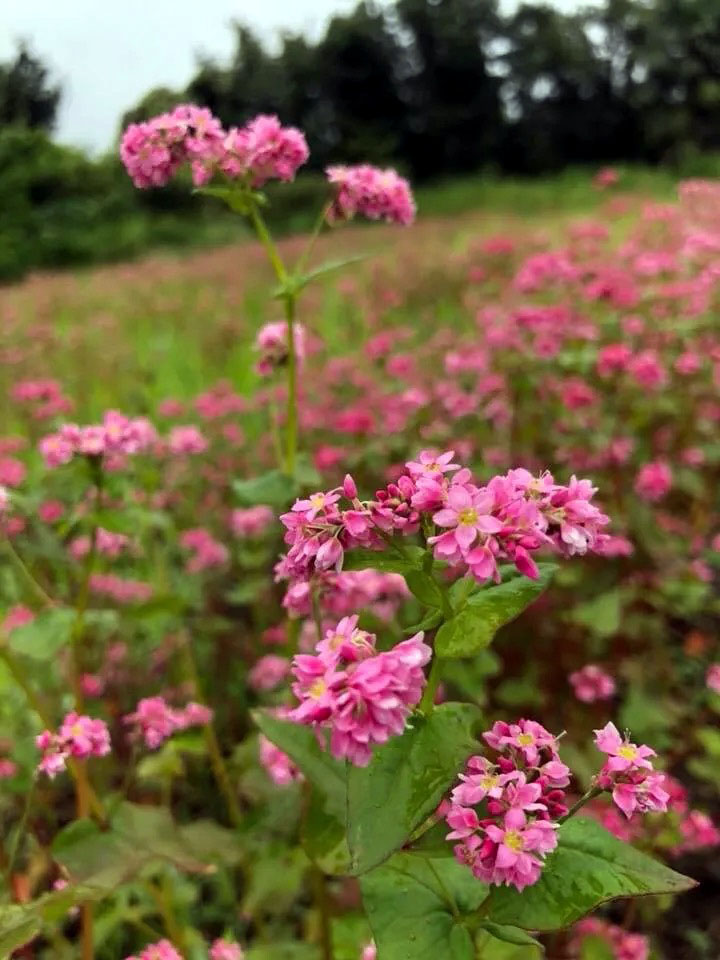
For soba lovers, the season has come to be developing interest in new soba. The history of buckwheat in Japan is so old that its cultivation method is recorded in the Shoku Nihongi (Chronicle of Japan Continued) (completed in 797) compiled in the early Heian period. Buckwheat grows quickly and grows well in barren areas such as volcanic ash and cultivated land. The cultivation period is 70 to 80 days for summer buckwheat and 80 to 90 days for autumn buckwheat. Among the long history of soba noodles, red soba noodles have become a hot topic recently. In 1987, Teruo Ujihara, professor emeritus of Shinshu University, brought back buckwheat with red flowers from the Himalayas at an altitude of 3,800m, and developed it in collaboration with Takano Co., Ltd. It is shorter than conventional white buckwheat and can be cultivated in poor soil, but the yield is drastically reduced to one-third of the conventional amount, so it is now mainly used as a landscape crop and ornamental. We cultivated the red buckwheat on a trial basis in Osaka, but although the red flowers bloomed, it did not lead to a harvest.
蕎麦好きにとっては新蕎麦が気になる季節になりました。日本における蕎麦の歴史は古く、平安時代初期に編さんされた『続日本紀』(797年完成)に栽培方法が記録されているほどです。蕎麦は生育が早く しかも火山灰地や開墾地などのやせ地でも良く育ちます。栽培期間は 夏ソバで70日から80日 秋そばはやや長く80日から90日くらいです。そんな長い蕎麦の歴史の中で最近話題になっているのが赤蕎麦です。1987年に信州大学の氏原暉男名誉教授が1987年にヒマラヤの標高3800mのところから赤い花の咲くそばを日本に持ち帰り、タカノ株式会社(宮田村)と共同で品種改良を行って作られた品種です。従来の白蕎麦より背丈が低く、痩せた土地でも栽培できるのですが、収穫量が従来の三分の一で激減してしまうため、今は主に景観作物・観賞用として利用されています。その赤蕎麦を大阪にもと栽培を試験的に取り組みましたが、赤い花は咲きましたが収穫には至りませんでした。
